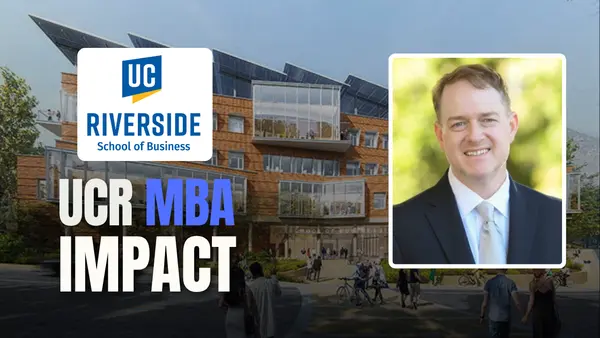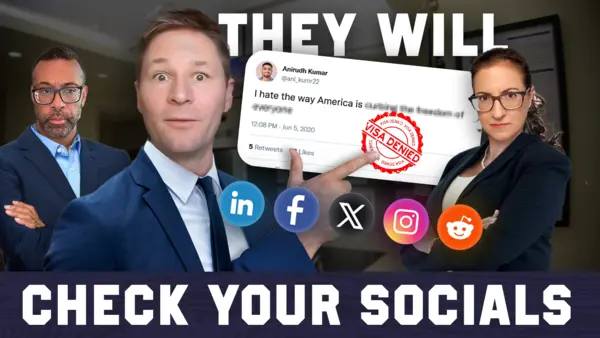Events & Promotions
|
|

GMAT Club Daily Prep
Thank you for using the timer - this advanced tool can estimate your performance and suggest more practice questions. We have subscribed you to Daily Prep Questions via email.
Customized
for You
Track
Your Progress
Practice
Pays
Not interested in getting valuable practice questions and articles delivered to your email? No problem, unsubscribe here.
- Nov 20
07:30 AM PST
-08:30 AM PST
Learn what truly sets the UC Riverside MBA apart and how it helps in your professional growth
akskal
Joined: 11 Mar 2014
Last visit: 24 May 2017
Posts: 14
Own Kudos:
Given Kudos: 6
Status:MBA Aspirant
Location: India
Concentration: Technology, Strategy
Schools: Tuck '18 (WL) Kelley '18 (A)
GMAT 1: 760 Q51 V41

GPA: 3.15
WE:Operations (Telecommunications)
Kudos
Bookmarks
bloomaces
Joined: 26 Nov 2013
Last visit: 26 Dec 2020
Posts: 22
Own Kudos:
Given Kudos: 3
Schools: Yale '16 (WL) Tepper '16 (A) Ross '16 (WL) Kelley '16 (M$) Mendoza '16 (A$) Merage '16 (A$) Madison '16 (WL) Olin '16 (A) Cnsrtm-Kelley '16 (M$) Kellogg PT '17 (A)
GMAT 1: 700 Q43 V42

GPA: 3.44
WE:Marketing (Non-Profit and Government)
Schools: Yale '16 (WL) Tepper '16 (A) Ross '16 (WL) Kelley '16 (M$) Mendoza '16 (A$) Merage '16 (A$) Madison '16 (WL) Olin '16 (A) Cnsrtm-Kelley '16 (M$) Kellogg PT '17 (A)
GMAT 1: 700 Q43 V42

Posts: 22
Kudos:
6
Kudos
Bookmarks
Kudos
Bookmarks
| FROM Kelley MBA Blog: Perfect Your On-The-Job Elevator Pitch |
By Kendell Brown, Associate Director of Alumni Career Services  Kendell Brown By now you are likely familiar with the idea of an elevator pitch. It’s a concise summary of an individual’s brand. I like to think of it as a 30-second commercial highlighting someone’s strengths and leverage-able skills. We talk about elevator pitches all of the time in job search circles. It can be used as an intro at a coffee chat, it’s the foundation for an answer to the “Tell me about yourself” question and if you happen to see a hiring manager on an elevator, well you figure it out. Bottom line, they are useful and you can use them throughout your job search. The thing is, once people find a new job, they typically abandon their elevator pitch. The thinking is, “I’ve got a job, why do I still need an elevator pitch?” If you take a more expansive view of an elevator pitch and define it as not just a tool to help me get a job, but instead as a professional executive summary you’ll see that you can use an elevator pitch in a variety of settings. Entrepreneurs and salespeople often have a pitch ready to go, because they recognize that they cannot let an opportunity pass that could lead to an investment or sale. But what about you, the cubicle jockey who’s just trying to get ahead—do you need an elevator pitch? Yes! Just because you have a job, doesn’t mean that you are not still trying to sell yourself. Let’s say that you are working on a big project, it’s your No. 1 priority and you feel as if you are really rocking it. Sure your manager and everyone on your team knows how well things are going and they recognize that you’re the reason. But what about your manager’s manager? Or the VP that your director reports to? Those higher ups, are probably familiar with the project and that it’s moving along—they’ve devoted personnel resources to it, so there’s going to be a level of interest. But they likely don’t know that you are driving the project’s success. And why should they? s long as the project is moving along and what needs to get done is getting done, they don’t really care about who’s leading the project. Or do they? While it’s true that you may not be a high priority to them, but those senior leaders are vested in the long-term success of the company. They want to know who’s got what it takes to be a star. So how do you let everyone know that the project is progressing, the creative problem-solving you are doing and how you are motivating the team? Use an on-the-job elevator pitch. Instead of the pitch focusing on you and what you would bring to a position, this pitch will instead be a commercial highlighting you and what you’re doing at work. |
This Blog post was imported into the forum automatically. We hope you found it helpful. Please use the Kudos button if you did, or please PM/DM me if you found it disruptive and I will take care of it.
-BB



















